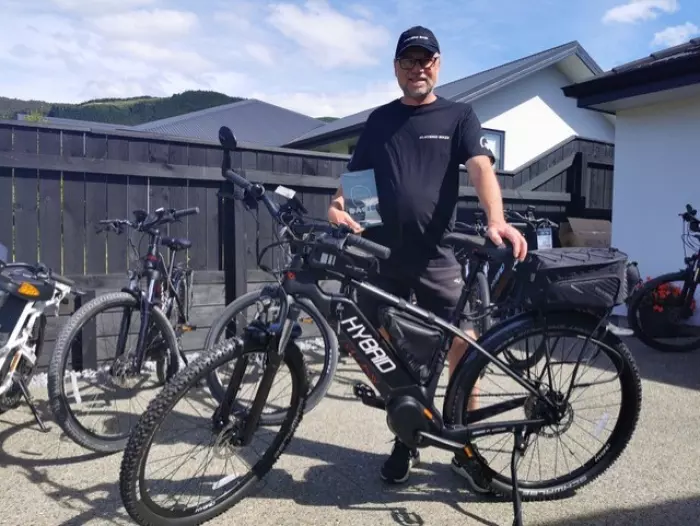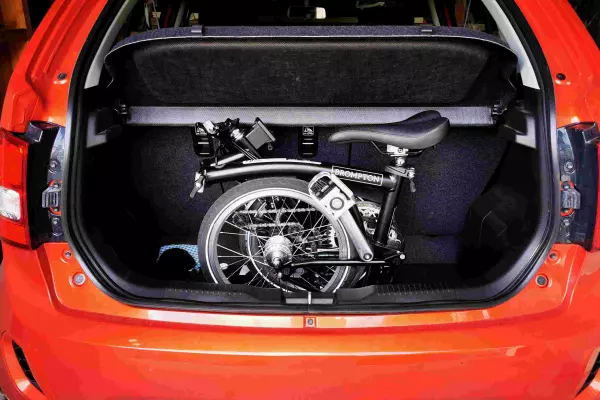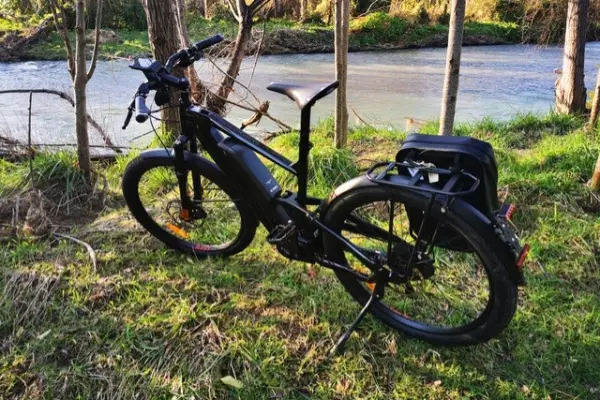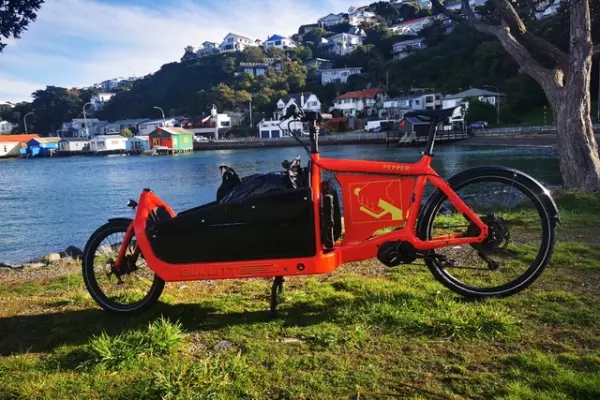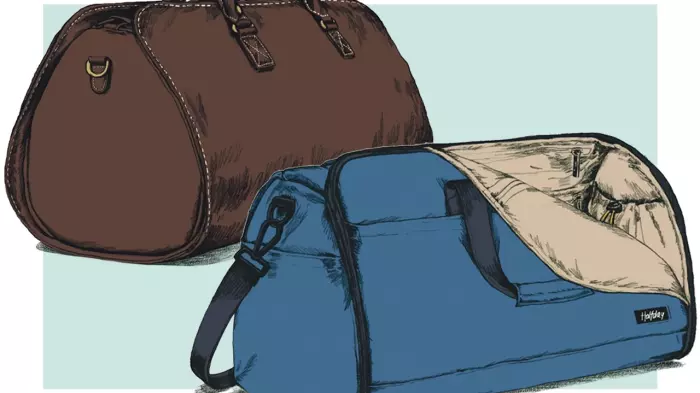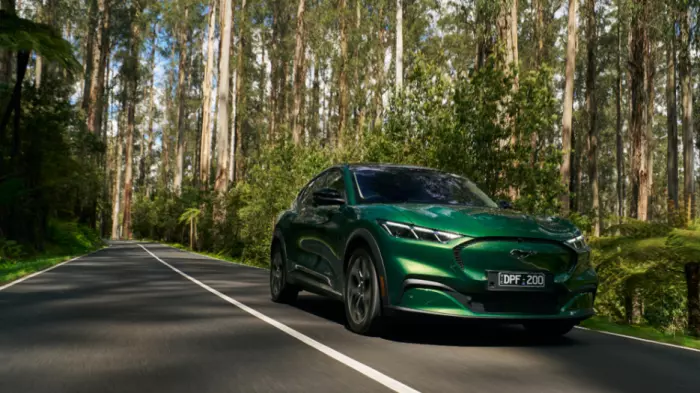To the extent that range anxiety has been a thing in cycling, it’s traditionally been determined by your fitness, strength and willingness to put up with a sore bum. But e-bikes are changing all that.
Even an unfit rider can crack the ton on an e-bike, but only if the battery holds out.
The problem is, it’s impossible to say with any certainty how far an e-bike will travel on a single charge: there are just too many variables.
On a recent road test of the New Zealand-designed Hybrid e-bike, I ran out of juice on a ride from Nelson to Kina Beach – a round trip of about 95km.
But with the bike weighing in at just over 22kg, riding 10km or so on the flat without the assistance of its 300-watt Bafang motor wasn’t an issue.
The bike’s lightness is down to its carbon-fibre frame. With carbon fibre being up to 10 times stronger than steel and about half the weight of aluminium, it’s increasingly being used in high-end road and mountain bikes but it’s pretty much unheard of on entry-level e-bikes.
The Hybrid’s designer, Nelson-based Frank Witowski – a German engineer with a Romanian surname – chose the brand name because he wanted people to know it could be ridden with or without electric assistance.
And the bike’s lightness is the key to achieving that. On the flat, with the motor switched to zero-assistance mode, it’s not unlike riding an old-style upright commuter bike (albeit with better brakes and front suspension).
But when you hit a significant incline, you quickly find yourself working through the motor’s five assistance levels. Level 5 flattens out Nelson’s hills nicely.
The bike’s motor assists riders up to 45km/h, and with a tail wind, or just the absence of headwind, it doesn’t take a lot of grunt to hit the 50km/h limit.
On my first outing on the Hybrid, I chewed through 80% of the battery while covering just 40km. But that included some gnarly grade-4 climbs at Nelson’s Codgers Mountain Bike Park.
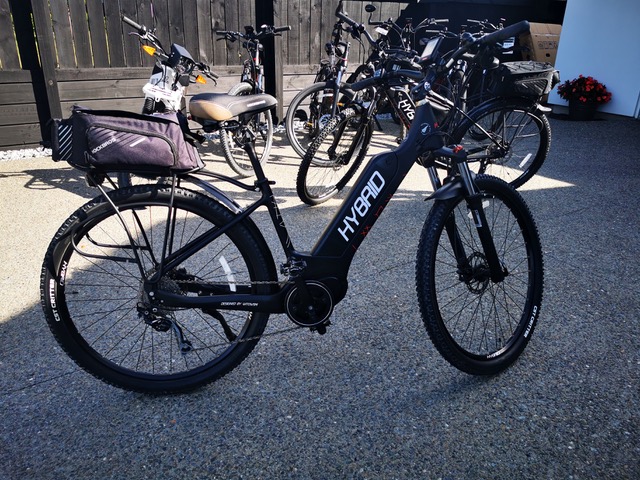 The Hybrid weighs in at just over 22kg.
The Hybrid weighs in at just over 22kg.
The Hybrid is marketed as a trail and city bike rather than a mountain bike, but with its standard front suspension and an optional extra suspension seat post, it did a good job of smoothing out the park’s many bumps and handled well down some of its gentler descents.
But it really came into its own on the trip to Kina Beach, via Rabbit Island, the following day. It’s as at home on Nelson’s roads and paved cycle paths as it is on the gravel trails.
The bike’s lightness combined with 29-inch wheels and that suspension seat post makes for a comfortable, responsive, fun ride.
My original plan had been to do the Nelson-to-Mapua ride – a return journey of just over 50km (including a short ferry ride from Rabbit Island to Mapua). But having arrived in Mapua with fresh legs, I decided to extend the journey.
The bike’s computer suggested I’d make it with a kilometre or two to spare – but, like I said, there are a lot of variables.
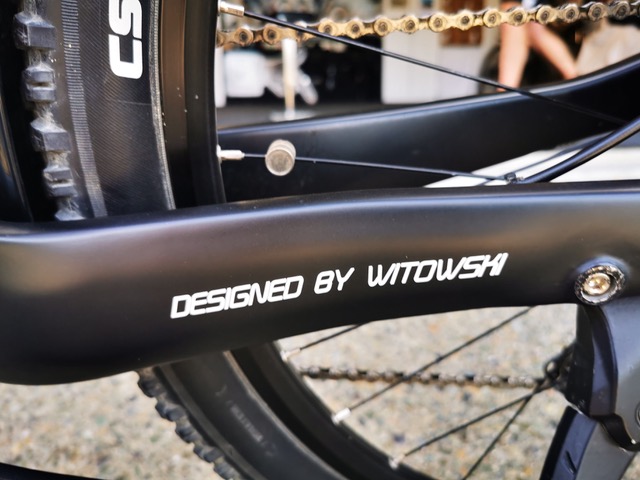 The Hybrid frame is made from carbon fibre.
The Hybrid frame is made from carbon fibre.
Hybrid claims its bikes travel “up to” 100km per charge. If I had limited myself to the lowest of the Bafang motor’s five assistance levels, I’m sure I would have managed the return journey with ease.
But it’s hard to resist those higher assistance levels – it’s easier on your legs and it’s fun going that little bit faster.
The Hybrid comes in two frame types: a step-through and a traditional “men’s style” diamond frame. Consumer magazine – which has recommended the Hybrid bike each year since 2019 – gave the step-through a higher rating at low speed than the diamond frame and a lower rating at high speeds.
Having ridden both, I don’t reckon there’s a lot in it. But those buying the bike primarily as a city commuter would probably be better off with the step-through. And speedsters planning on hitting the trails might prefer the diamond-framed version.
Frank Witowski – a solar engineer-turned-bike designer – is a committed environmentalist and claims the Hybrid is the only “climate positive” e-bike available in New Zealand.
The company’s been certified “climate positive” by Ekos, the carbon measurement and offsetting charitable trust, meaning at least 120% of the carbon produced in the Chinese-manufactured bikes has been offset. The bike retails for around $5500 and comes in six different configurations tweaked for different riding styles.
And like the Ford Model T, you can have any colour you want as long as it’s black.


